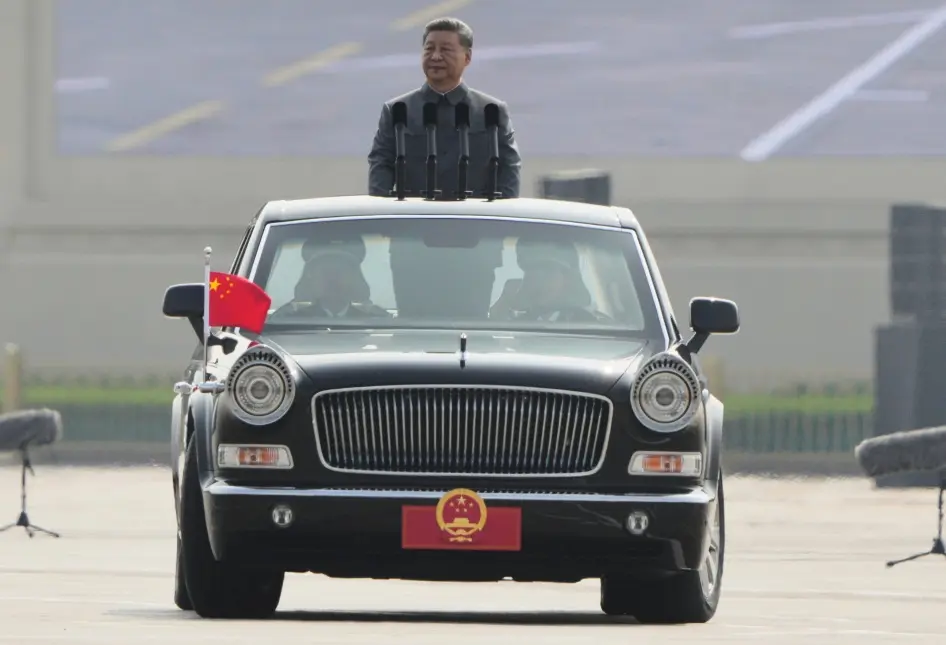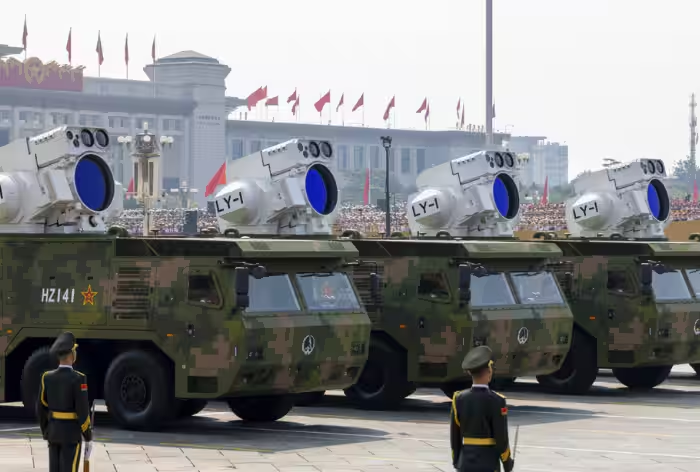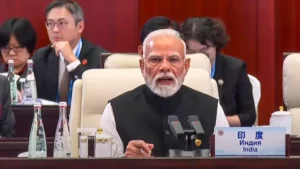Images: China launches its first civilian into space for a trip to the Tiangong space station.
To keep up with the US and Russia, the second-largest economy in the world has poured billions of dollars into its military-run space program.
At 9:31 am (0131 GMT), official TV and AFP journalists reported that the Shenzhou-16 crew lifted out aboard a Long March 2F rocket from Jiuquan Satellite Launch Centre in northwest China.
Director of the Jiuquan Satellite Launch Center Zou Lipeng said that the launch was a “complete success” and that the “astronauts are in good condition.” Commander Jing Haipeng, who is on his fourth mission, the engineer Zhu Yangzhu, and professor Gui Haichao, the first Chinese civilian in space, make up the crew.
Tiangong is the jewel in China’s space program, which has previously landed robotic rovers on Mars and the Moon and was the third nation to put people in orbit.
According to officials, Shenzhou-16 is the first trip to Tiangong after it reached the “application and development” stage. The Tianhe core module of the space station will receive the Shenzhou vehicle for docking.
The three Shenzhou-15 flight crewmates who have been aboard the station for six months and are about to return to Earth will subsequently be introduced to the crew.
According to CMSA spokeswoman Lin Xiqiang, Shenzhou-16 will “carry out large-scale, in-orbit experiments… in the study of novel quantum phenomena, high-precision space time-frequency systems, the verification of general relativity, and the origin of life.” This month, the space station was restocked with supplies in anticipation of Shenzhou-16’s arrival, including food, clothes, water, and propellant.
Even if Tuesday’s mission was described as “a regular crew rotation flight” by one expert to AFP, it was nevertheless noteworthy.
According to Jonathan McDowell, an astronomer and astrophysicist at the Harvard-Smithsonian Center for Astrophysics, “accumulating depth of experience in human spaceflight operations is important and doesn’t involve new spectacular milestones all the time.”
Ascending palace
Under President Xi Jinping, plans for China’s “space dream” have gone into overdrive, and the country now intends to construct a lunar base. The overarching objective, according to CMSA spokeswoman Lin, is to accomplish China’s first crewed lunar landing by 2030 and conduct lunar scientific research and associated technical tests.
Last year, Tiangong’s last module—whose name translates to “heavenly palace”—successfully docked with the main building.
According to Chinese news agency Xinhua, the station is equipped with a variety of cutting-edge scientific tools, including “the world’s first space-based cold atomic clock system.”
On May 30, 2023, a Long March-2F rocket carrying the Shenzhou-16 Manned Space Flight Mission launches from Jiuquan Satellite Launch Centre in China’s northwest Gansu region and travels to the Tiangong space station. Photo by AFP/Hector Retamal.
On May 30, 2023, a Long March-2F rocket carrying the Shenzhou-16 Manned Space Flight Mission launches from Jiuquan Satellite Launch Centre in China’s northwest Gansu region and travels to the Tiangong space station. Photo by AFP/Hector Retamal.
For at least 10 years, Tiangong is anticipated to stay in low Earth orbit between 400 and 450 kilometers (250 and 280 miles) in height.
It is continuously manned by three-astronaut teams that rotate.
Since 2011, when the United States forbade NASA from communicating with China, Beijing has been virtually shut out of the International Space Station, forcing it to build its own orbiting station. On Monday, the Chinese space agency reaffirmed its strong pursuit of international collaboration on the initiative.
Lin said that Beijing “is anticipating and welcomes the participation of foreign astronauts in the nation’s space station flight missions.”
According to the CMSA, China intends to conduct two crewed space trips to Tiangong annually.
The next rocket, Shenzhou-17, is scheduled to launch in October.












